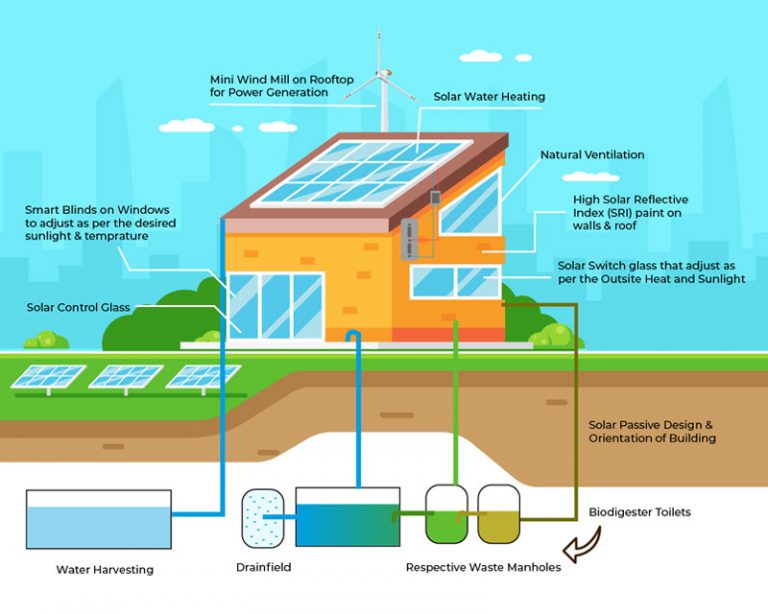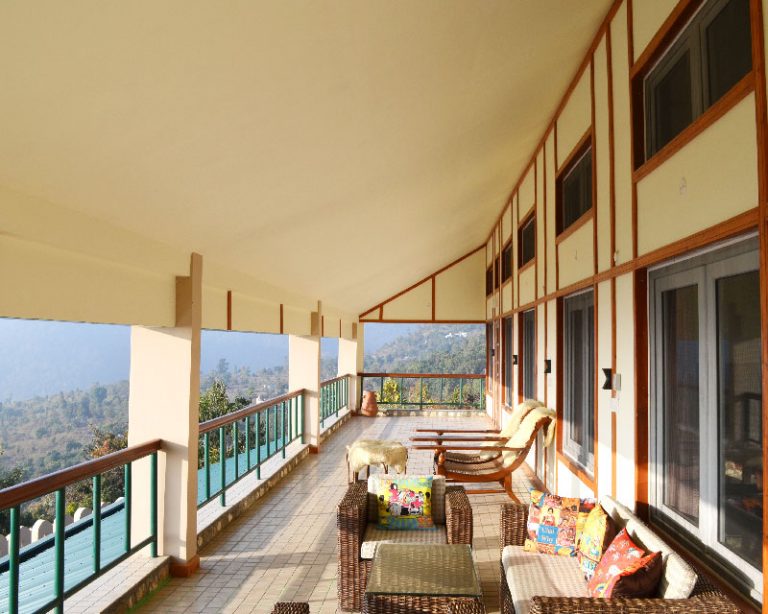“We do not inherit the Earth from our ancestors, we borrow it from our children.” When Ralph Waldo Emerson phrased these lines, he might have foreseen the current predicaments of the world in advance.
Global warming has been sitting on top of the global agenda for a long time. Despite that, the situation has only worsened. According to a NASA report, we have already experienced 16 out of 17 warmest years since 2001. And if we don’t do something soon, we may not be in a position to return the world we borrowed from our future generations.
What can help?
The World Bank, in one of his articles titled “Fighting climate change with green infrastructure”, said, “With acute effects of global warming already being felt, further resilience against climate change is needed.” Adding further, the article emphasizes on the need for the need for green infrastructure to meet both mitigation and adaptation objectives.
Green Buildings are the need of the hour!
Traditional buildings consume a huge amount of energy to operate, contributing immensely to GHG emissions. Besides that, the construction of traditional spaces generates massive waste which disturbs the soil and topography of the area; leading to severe energy consumption along with toxic waste.
- The entire building sector has the potential to boost the energy-saving quotient to 50% or more by 2050. UNEP, 2016.
- At a global level, green buildings energy efficiency measures can help save up to €280 to €410 billion from energy spending European Commission, 2015.
The global shift to green infrastructure will help reduce the environmental impact of buildings over their entire lifespan, by targeting water-saving and energy-efficient initiatives such as smart meters and LED lighting.
The need for Greener & Sustainable infrastructure in India.
Buildings in India account for 40% of total energy consumption. With rapid urbanization, the energy consumption in residential real estate projects will increase to more than 60%. This will not only add to the burden on natural resources, but also add to the rising concern for global warming.
Why Green Buildings?

- Green Buildings are Nature Friendly: They consume less water, energy or natural resources, minimizing the negative impacts on nature. Buildings approved in the past by the Indian Green Building Council (IGBC) have shown a tremendous 40 – 50% increase in energy, and 20 – 30% in water savings compared to traditional buildings.
- Large-scale adoption can lead to a positive impact on nature: As seen in many cases, the adoption of green infrastructure on a city or state can impact nature positively by generating its own energy.
- Green buildings cut down on greenhouse gas emission: Green building significantly cut down on greenhouse gas emission. As per a report, the emission reduction can be as much as 84 gigatonnes of CO2 (GtCO2) by 2050. UNEP, 2009.
India is in a dire need for green and more sustainable buildings. And from the results achieved in the past, it can be said that a nation-wide adoption of green infrastructure can help the country mitigate the production of GHG emissions and make it more resilient against the effects of climate change.


